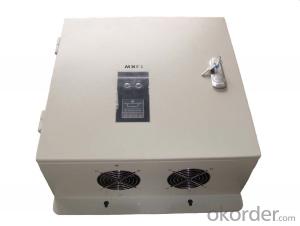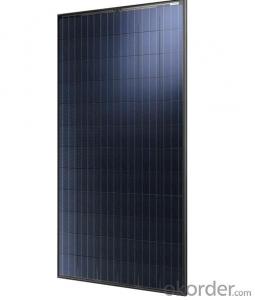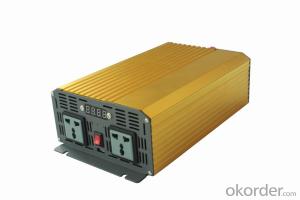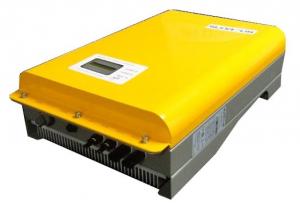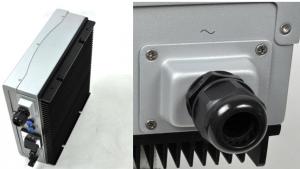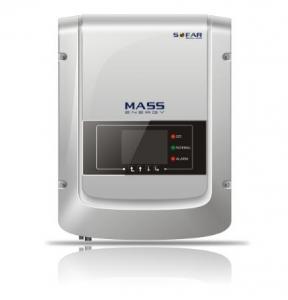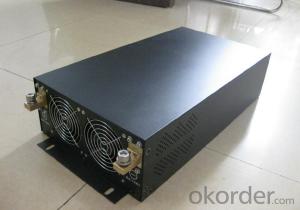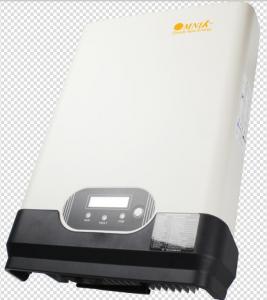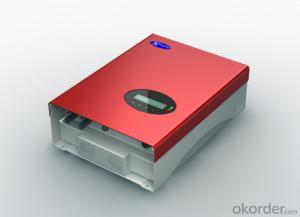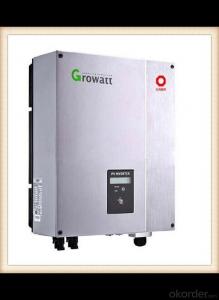Abb Solar Inverter Login
Abb Solar Inverter Login Related Searches
Hot Searches
Micro Solar Inverter Price Solar Micro Inverter Price Solar Micro Inverter Companies Solar Inverter Price In China Best Solar Inverter In China Solar Inverter Made In GermanyAbb Solar Inverter Login Supplier & Manufacturer from China
Okorder.com is a professional Abb Solar Inverter Login supplier & manufacturer, offers integrated one-stop services including real-time quoting and online cargo tracking. We are funded by CNBM Group, a Fortune 500 enterprise and the largest Abb Solar Inverter Login firm in China.Hot Products
FAQ
- A solar inverter handles voltage regulation during load changes by continuously monitoring the load and adjusting the inverter's output voltage accordingly. It uses various control mechanisms to maintain a stable voltage output, such as pulse width modulation (PWM) and maximum power point tracking (MPPT) algorithms. These algorithms enable the inverter to regulate its output voltage to match the load requirements, ensuring a consistent and reliable power supply.
- A solar inverter handles voltage dips or surges in the grid by continuously monitoring the grid voltage. When a voltage dip occurs, the inverter adjusts its output voltage accordingly to maintain a stable power supply. In case of a voltage surge, the inverter's protective mechanisms activate to prevent any damage to the system. Overall, the solar inverter plays a crucial role in regulating and stabilizing the voltage from the grid to ensure efficient and safe operation of the solar power system.
- Yes, a solar inverter can be used in three-phase systems. In fact, there are specific three-phase solar inverters designed to convert the DC power generated by solar panels into AC power for utilization in three-phase electrical systems. These inverters are capable of efficiently managing the power flow and ensuring balanced distribution across all three phases.
- A single-phase solar inverter is designed to convert the DC power generated by solar panels into AC power for use in single-phase residential or small-scale commercial applications. It typically has one input and one output, and is suitable for systems with a single-phase electrical supply. On the other hand, a three-phase solar inverter is designed to convert DC power into AC power for use in three-phase electrical systems, which are commonly found in larger commercial or industrial settings. It has three inputs and three outputs, allowing for a more balanced distribution of power across the phases. In summary, the main difference between a single-phase and three-phase solar inverter lies in their compatibility with different electrical systems. Single-phase inverters are suitable for smaller-scale applications, while three-phase inverters are better suited for larger-scale installations with three-phase power supply.
- A solar inverter handles high temperatures by incorporating advanced thermal management systems such as heat sinks and fans to dissipate heat efficiently. This helps to protect the inverter's sensitive components and maintain optimal operating conditions, preventing any potential damage or performance degradation caused by excessive heat.
- Yes, a solar inverter can be used in conjunction with a backup generator. In a hybrid system, the solar inverter intelligently manages the power supply, utilizing solar energy when available and seamlessly switching to the backup generator during times of low solar production or high energy demand. This setup ensures continuous power supply even during cloudy days or power outages.
- A solar inverter prevents islanding by continuously monitoring the grid's voltage and frequency. If the inverter detects a deviation from the normal range, it immediately disconnects from the grid to avoid supplying power to an isolated island. By maintaining synchronization with the grid, the inverter ensures that it only operates when the grid is active, preventing the risk of islanding and enhancing grid stability and safety.
- Yes, a solar inverter can be used with different tracking algorithms. Solar inverters are designed to convert the direct current (DC) produced by solar panels into alternating current (AC) that can be used to power electrical devices. The tracking algorithm is responsible for optimizing the solar panel's position to maximize energy generation. Different tracking algorithms, such as fixed tilt, single-axis, or dual-axis tracking, can be implemented with a solar inverter to adapt to different solar panel orientations and environmental conditions.

